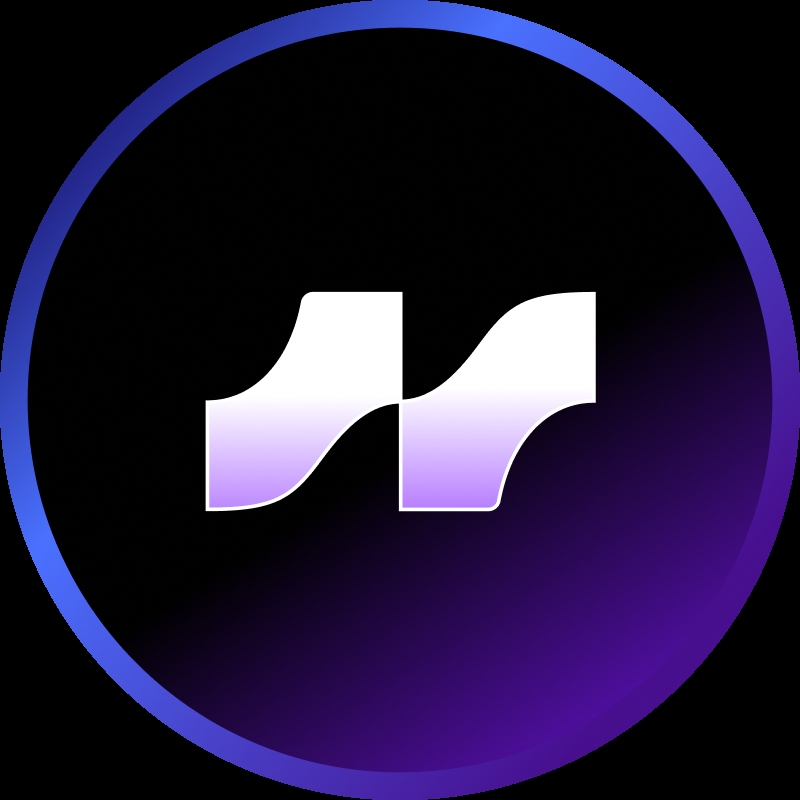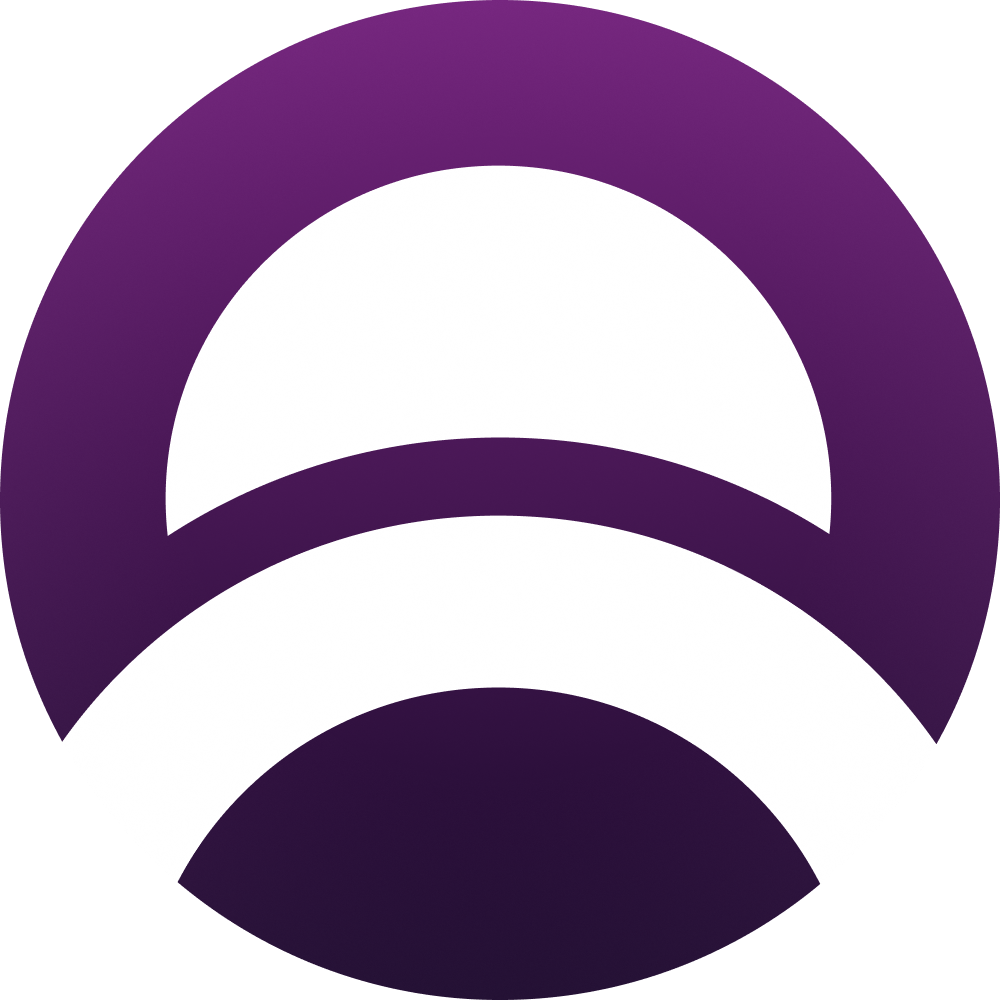A Gold Chain: Blockchain, Tokenization, and Real-World Asset Trends

A gold chain is more than just a piece of jewelry in today’s digital finance landscape—it’s a symbol of how blockchain technology is transforming real-world assets. This article unpacks the evolving role of a gold chain in the context of tokenization, institutional adoption, and the latest market trends. Whether you’re new to crypto or seeking to understand the intersection of tangible value and blockchain, you’ll discover actionable insights and up-to-date data here.
Tokenizing a Gold Chain: Bridging Physical Assets and Blockchain
In the blockchain industry, a gold chain often refers to the process of representing physical gold (such as gold bars or jewelry) as digital tokens on a blockchain. This process, known as tokenization, allows users to buy, sell, and trade fractions of real-world gold securely and transparently. Tokenized gold chains provide:
- Increased liquidity: Investors can access and trade gold 24/7 without the logistical challenges of physical delivery.
- Fractional ownership: Even small investors can own a portion of a gold chain, lowering the entry barrier.
- Transparent provenance: Blockchain records ensure the authenticity and traceability of each gold chain token.
As of October 29, 2025, the tokenization of real-world assets—including gold—has gained momentum, with platforms reporting billions in tokenized fund flows. For example, Zerohash, a leading infrastructure provider, supported over $2 billion in tokenized flows in just four months (Source: Company Reports).
Industry Trends: Institutional Adoption and Regulatory Developments
The adoption of tokenized assets like a gold chain is accelerating among financial institutions. Recent news highlights this shift:
- Mastercard is in advanced talks to acquire Zerohash for $1.5–$2 billion, aiming to control stablecoin and tokenized asset infrastructure (Source: Fortune, October 29, 2025).
- Platforms such as BlackRock’s BUIDL and Franklin Templeton’s BENJI Token rely on regulated tokenization infrastructure to offer secure access to real-world assets.
- Regulatory clarity in the US and Europe is enabling banks and fintechs to launch compliant digital asset products, including tokenized gold chains.
These developments signal a broader trend: traditional finance is embracing blockchain to unlock new revenue streams and improve settlement efficiency. For example, Citi processed tokenized deposits for cross-border payments, reducing settlement times from days to minutes.
User Benefits and Market Data: Why Tokenized Gold Chains Matter
For everyday users, owning a tokenized gold chain offers several advantages:
- Portfolio diversification: Gold remains a cornerstone of diversified portfolios, especially as tokenization makes it more accessible (Source: CryptoQuant, October 29, 2025).
- Stable value: Gold’s historical role as a safe-haven asset is preserved in its digital form, providing stability amid crypto market volatility.
- Global access: Anyone with a blockchain wallet, such as Bitget Wallet, can participate in gold markets without geographic restrictions.
According to CoinMarketCap, the stablecoin USDC—often used as collateral for tokenized assets—maintains a $76.31 billion market cap and $18.11 billion in daily trading volume as of October 29, 2025. This liquidity underpins the growth of tokenized gold and other real-world assets.
Common Misconceptions and Risk Considerations
Despite the promise of tokenized gold chains, users should be aware of potential risks:
- Regulatory uncertainty: While progress is being made, global regulations for tokenized assets are still evolving.
- Custody and security: Choosing reputable platforms and wallets, such as Bitget Wallet, is essential to safeguard digital gold tokens.
- Market volatility: Although gold is stable, tokenized assets can be affected by broader crypto market movements and liquidity conditions.
It’s important to conduct thorough research and use regulated platforms for any investment involving a gold chain or other tokenized assets.
Latest Developments: Real-World Asset Tokenization Expands
The ecosystem for tokenized assets is rapidly expanding:
- PancakeSwap and Ondo Finance announced a partnership to bring over 100 tokenized real-world assets—including gold—to the BNB Chain, enhancing DeFi’s maturity and stability (Source: Official Announcements, October 2025).
- Ironlight Markets received FINRA approval to operate an ATS for trading both traditional and tokenized securities, offering atomic on-chain settlement in under 20 microseconds (Source: Coincu, October 29, 2025).
These milestones highlight the growing institutional and regulatory support for tokenized gold chains and similar assets.
Further Exploration: How to Get Started with Tokenized Gold Chains
If you’re interested in exploring tokenized gold chains, consider the following steps:
- Choose a reputable exchange like Bitget for secure trading and access to tokenized assets.
- Set up a Bitget Wallet to store and manage your digital gold tokens safely.
- Stay informed about regulatory updates and market trends to make well-informed decisions.
Tokenized gold chains represent a new era of accessible, transparent, and secure asset ownership. As the industry evolves, platforms like Bitget are leading the way in providing compliant and user-friendly solutions for both beginners and experienced investors.
Ready to explore more? Discover the latest innovations in tokenized assets and blockchain finance with Bitget. Stay ahead of the curve and unlock new opportunities in the digital economy.






















